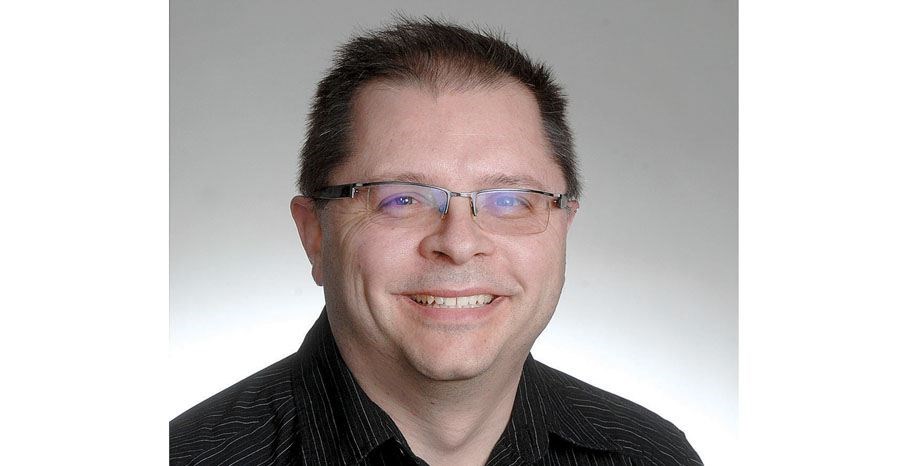When it comes to seats in the provincial legislature in Victoria, central and northern B.C. are ripping off voters in the Lower Mainland in a big way.
The Electoral Boundaries Commission stopped in Prince George this week as part of its tour across the province, seeking public input on the boundaries, population, names and size of the 85 electoral districts - more commonly known as ridings - in B.C. Naturally the visit didn't attract much attention because voters in the northern half of the province are spoiled rotten when it comes to representation.
There are just 20,240 residents in the Stikine riding (all population numbers are from the 2011 census), which makes up the entire northwest corner of B.C. It has the fewest number of residents (and therefore eligible voters) in a riding in B.C., closely followed by North Coast (22,320), Peace River South (26,325), Nechako Lakes (27,055) and Skeena (29,575).
Contrast those ridings to Surrey-Cloverdale, with its 73,750 residents and the Surrey-Panorama riding with 68,995 inhabitants. In both of these two Surrey ridings, the population of one gender exceeds the total population of ant of the above five northern ridings.
So much for one person, one vote.
Surrey residents are entirely correct to argue that their votes are not worth as much as the votes cast in northern B.C. They can make a powerful case that their democratic rights are being violated because of the preferential treatment awarded at the polling station to northern residents.
The numbers are only marginally better for the four other northern ridings. Shirley Bond's riding of Prince George-Valemount has 46,920 residents, followed by Prince George-Mackenzie (44,960), Peace River North (39,335) and Cariboo North (32,980). That means none of the nine northern ridings have anywhere near the provincial average of 53,900 residents and three of those ridings don't even have half.
If the electoral boundaries commission faithfully upheld a one-person, one-vote ethic in B.C., there would only be five ridings in the northern half of B.C., instead of nine.
Some people are threatened by this, operating under the mistaken belief that more representatives equals better representation. Ask any teacher if having two Prince George MLAs made a difference in getting a deal during the recent strike.
The northern region deserves more seats, other argue, for fear of southern domination or because of the size of the ridings and the region's substantial contribution to the provincial economy.
Weak excuses.
For starters, northern MLAs would have to vote as a bloc to have any hope of offsetting the much greater number of southern representatives. At present, however, the north is represented by three NDP MLAs, all in a strip along the coast, and six Liberal MLAs representing the central and eastern parts of Northern B.C. That argument doesn't hold water and neither does NDP candidate Sherry Ogasawara's argument made earlier this year that the efforts of the Liberals to protect 17 rural ridings are about manipulating riding layout to preserve seats. While it is true that 11 of the 17 ridings under proposed protection are Liberal, the two ridings with the greatest populations in B.C. (Surrey-Cloverdale and Surrey-Panorama) are Liberal and the two ridings with the fewest voters in them (Stikine and North Coast) are NDP.
Nice try.
Geographical distance is an issue for fair representation but regional offices and online town halls can make provincial representatives as easily accessible in Vanderhoof as they are in Vancouver. The economic contribution is the most offensive argument because it states that regional wealth should dictate political influence. The number of voters, not the value and amount of natural resources in the ground, should dictate representation.
The voting disparity has been noticed to the south. A group called IntegrityBC is fighting the special status the Liberals is seeking for rural ridings, arguing that it might be in violation of the right-to-vote provisions in the Charter.
The North should enjoy its unwarranted political clout for as long as it lasts, since the population growth in B.C. is all in the Lower Mainland, southern Vancouver Island and the Okanagan Valley. As that population disparity grows, the North will have less and less clout in the legislature.



